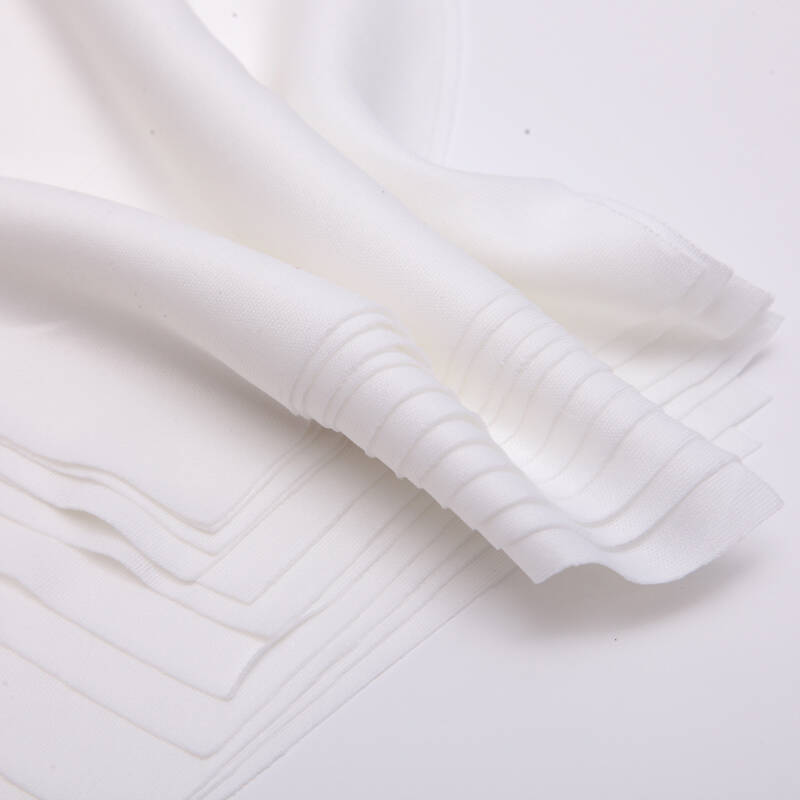The difference between anti-static ultra-clean fabrics and ordinary anti-static work clothes

The difference between anti-static ultra-clean fabrics and general anti-static work clothes mainly lies in the concept of “ultra-clean”. There are mainly three characteristics.
1. It has anti-static function: According to the literal meaning, anti-static cloth can prevent the occurrence of static electricity and will not absorb a large amount of dust. At the same time, this anti-static function must also be long-lasting and efficient, and will not be obvious due to daily cleaning or use. Aging occurs.
2. The fabric itself does not generate dust: Since it is worn in a clean room, it is required that the cloth cannot become a source of dust in the clean room. This determines that ultra-clean fabrics can only be made of chemically synthesized long-lasting materials. fiber to produce. Natural short fibers such as cotton, linen, and silk cannot be used in ultra-clean fabrics, although these raw materials can make the fabrics more wearable. At the same time, it is required that the chemical fiber filament selected must also strictly control the amount of dust generated. Generally speaking, fully consumed polyester filaments are not suitable for weaving anti-static ultra-clean fabrics. Because the disinfectant-titanium dioxide added in polyester production will become a source of pollution.
3. The fabric must have good dust filtration properties: Dust in clean rooms mainly comes from the air flowing indoors and the human body moving indoors. When the equipment conditions are determined, improving cleanliness means controlling the tiny dust generated by the human body in the clothing to the maximum extent, allowing it to pass through the fabric and enter the air. This is the so-called dust filtration rate of cloth. Improving the dust filtration rate comes at the expense of the breathability of the fabric. Therefore, knitted fabrics and loosely woven woven fabrics are not suitable for clean rooms.
AAAERT5Y4375JTY
Disclaimer:
Disclaimer: Some of the texts, pictures, audios, and videos of some articles published on this site are from the Internet and do not represent the views of this site. The copyrights belong to the original authors. If you find that the information reproduced on this website infringes upon your rights, please contact us and we will change or delete it as soon as possible.
AA







